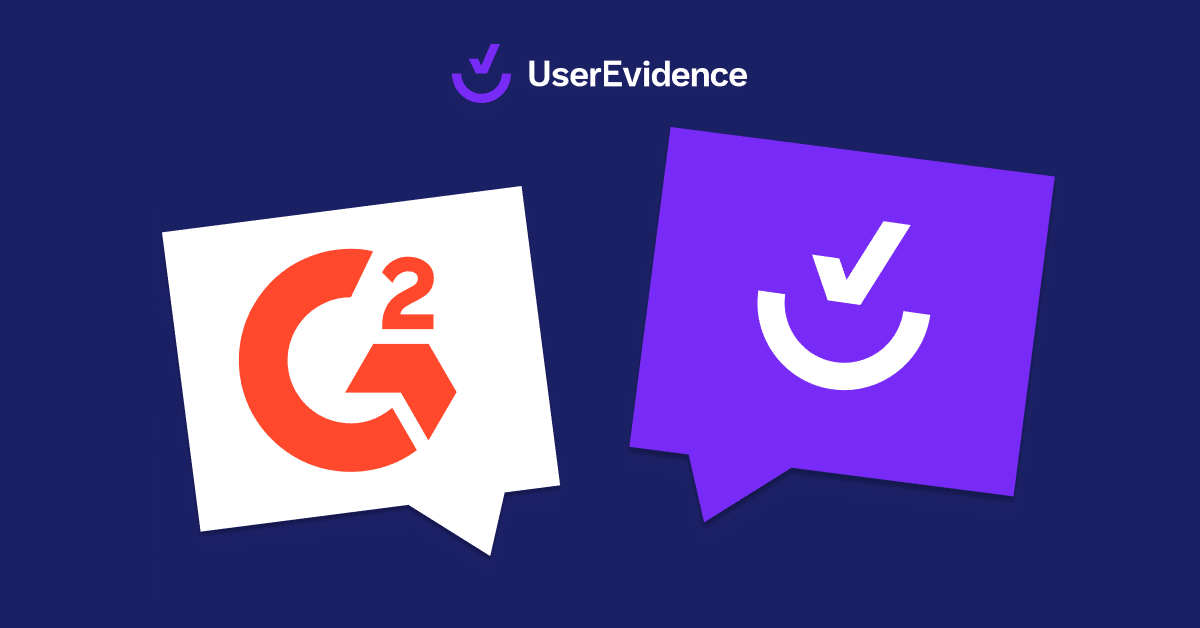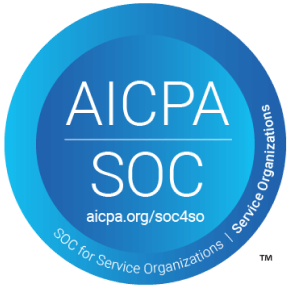While there are many different approaches to marketing, one goal remains the same — revenue growth. While 91% of marketers are confident that they’re making marketing decisions that will positively impact revenue, organizations can still benefit from developing strategies where generating revenue is the main focus. This typically refers to revenue marketing, but another type of marketing strategy — customer marketing — may be even more effective.
Customer marketing is being leveraged by organizations of all sizes to drive revenue growth by honing in on the source: customers. By aligning sales and marketing teams, customer marketing streamlines the buyer’s journey with revenue as an end goal. With a customer-first approach, marketing and sales alike become dialed into customer needs and learn to create content that will keep them coming back for more. Let’s dive into the intricacies of revenue marketing and customer marketing to answer the question: are customer marketing and revenue marketing the same?
What’s revenue marketing?
Revenue marketing is a holistic approach that aligns sales and marketing to increase revenue through repeatable processes such as scaling demand creation and lead generation. In fact, sales and marketing alignment can help your company become 67% better at closing deals and even generate 209% more revenue. Through this alignment, quality collateral is produced and utilized to close deals with both teams collaborating to create high-impact, effective content to drive revenue. Plus! B2B organizations with tightly aligned sales and marketing operations achieve 24% faster three-year revenue growth. Let’s take a closer look at how this alignment within revenue marketing truly works.
Revenue marketing requires a shift in mindset in both sales and marketing departments to create more targeted and goal-oriented campaigns. According to Hubspot, revenue marketing combines sales and marketing efforts to create campaigns that go beyond lead and demand generation to link campaigns with reliable and repeatable ROI. In other words, revenue marketing works with sales directly to link marketing campaigns to the overall gross income, and also engages with leads even once the sales team takes over.
Leveraging unique strategies that target particular use cases, revenue marketing focuses on personalizing marketing and sales efforts to address specific pain points and desires. For example, say a SaaS organization that offers an IT automation platform has two buyer personas. The first is the user, a web developer who spends most of their time on menial administrative tasks. The second is a CTO, whose main goal is to increase productivity. By repositioning product capabilities and service offerings in marketing and sales collateral, revenue marketers are better able to address the needs of both types of buyers.
Using messaging that’s focused on time savings and reducing headaches and burnout is sure to resonate with overworked web developers. Meanwhile, using messaging that focuses on how this IT automation platform boosts productivity throughout the entire development team is likely to bend a CTO’s ear. By customizing marketing and sales content to meet the needs of specific buyers and use cases, revenue marketing helps speed up time-to-revenue by giving buyers the information they need, when they need it.
How is customer marketing similar to revenue marketing?
Customer marketing increases revenue growth by identifying opportunities to engage and convert existing customers again and again to close more deals. Essentially, customer marketing empowers marketers to infuse the voice of the customer into their marketing campaigns and sales enablement content. For example, sales teams can upsell and cross-sell to customers at opportune moments in their customer journey with relevant and informative collateral that includes customer success stories and social proof.
Customer and revenue marketing prioritize personalization
Both customer and revenue marketing aim to personalize the customer experience throughout the entire buyer’s journey. By catering collateral to the potential customer (i.e., sharing a success story of a current customer who had similar pain points), buyers will be more receptive to your pitch. Sharing high-impact, relevant content strengthened with social proof points and credible statistics will build trust with buyers to encourage peace of mind in making their final purchase decision. Thus, customer marketing helps reduce the length of the sales cycle and drive revenue growth. In fact, organizations that leverage customer content experience a 10x greater year-over-year increase in annual revenue!
Both approaches leverage content performance to make data-driven decisions
Customer marketing, like revenue marketing, continues past the point of sale, analyzing the effectiveness of collateral and carefully evaluating data to guide future content creation. For example, say an ROI guide jam-packed with customer success stories and statistical proof points has a 64% conversion rate, suggesting that 64% of buyers who engage with the ROI guide at the point it’s shared progress to the next stage of the sales cycle. Customer marketers can then take this information to better understand which pieces of collateral most influence deal velocity. From here, they can create the most effective and revenue-generating content.
Check out our customer spotlight to see why Chris Dyer, VP of Sales at Deepgram, had this to say about creating customer marketing content with UserEvidence, “We’ve been able to increase our customer evidence repository with many hard-hitting customers stats and testimonials to validate our sales and marketing messaging with verified customer experiences. This helps our marketing and sales funnel conversion rates, as well as the length of our sales cycle.”
Customer marketing leverages the voice of the customer to drive revenue
Similar to revenue marketing, customer marketing places a large emphasis on revenue growth and includes many strategies to draw buyers in to make a purchase and keep customers satisfied throughout their customer journey. This is all with the hope that they will become a repeat customer (or even upgrade!), enabling your sales team to upsell and cross-sell.
One of these strategies is leveraging the voice of the customer (VOC). By providing potential customers with success stories and testimonials from current customers, organizations can increase conversions using authentic and trustworthy collateral. According to G2, after reading trusted customer reviews, 90% of buyers are more likely to convert. Thus, it’s time for organizations to focus on gathering meaningful testimonials from customers—both historical and brand-new.
Content such as testimonials, success stories, and statistics provide impactful, credible social proof for potential buyers to utilize throughout their journey. In 2021, over 45% of buyers used customer reviews to help them make their purchase decisions. Plus! 92% of those buyers actually shared those reviews with others. By providing buyers with uninhibited access to this content, sellers move them through their buyer’s journey while marketing analyzes how well their collateral guides them. This content can be viewed through a content library, on your organization’s website, or through other digital channels like social media.
In short, leveraging VOC leads to revenue growth. In fact, the regular use of testimonials can help you generate 62% more revenue from every customer, not just once, but every time they visit your site. Not only that, but testimonials can increase conversions on sales pages by as much as 34%.
Check out our clients’ Research Libraries to uncover how top enterprises like GitLab utilize the voice of the customer in their marketing campaigns to drive revenue.
Final thoughts
Revenue marketing and customer marketing, at their core, serve the same purpose. Both have the end goal of revenue growth, but go about it in different ways. While revenue marketing typically focuses on lead generation, customer marketing infuses the voice of the customer into impactful sales collateral.
With UserEvidence, you can learn how to aggregate customer evidence and use it to boost revenue growth. The UserEvidence platform will help your organization utilize the voices of your customers to:
– Shorten the sales cycle
– Create meaningful marketing and sales collateral
– And drive revenue growth within your enterprise
Book a demo today to learn how your organization can drive revenue with customer marketing!




